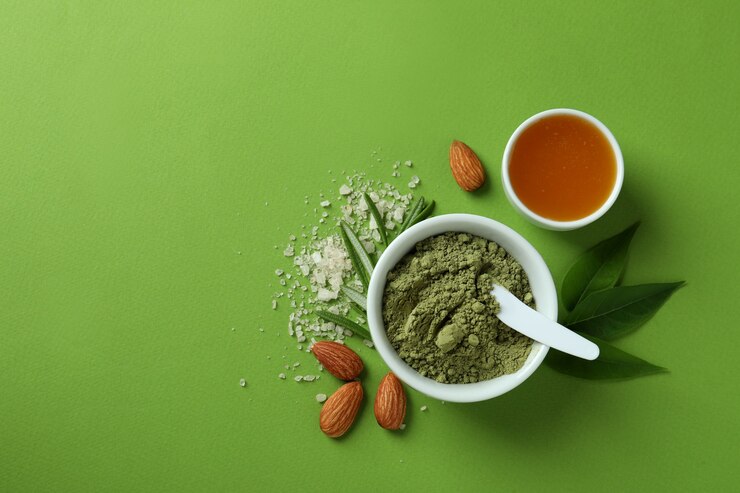Matcha tea. Matcha latte. Matcha muffins. From wellness blogs to health groups to your local grocer, matcha's craze is just everywhere.
This organic Japanese matcha powder has been around for over 1,000 years. But matcha tea saw such a surge in popularity only in 2013, and it has bloomed ever since.
Keeping its popularity aside, today, we'll address some important basic facts about the organic matcha green tea powder. What is it? Where did it come from? How does it taste? Let's dive into it all.
Facts Behind Matcha Tea
What Is Matcha?
Matcha (pronounced as MA-cha) was introduced more than 900 years ago in Japan. Made from finely ground dried tea leaves, matcha has been a cornerstone of traditional Japanese tea ceremonies for centuries. It is touted across Japanese society for its stress-reducing benefits.
What Makes Matcha So Green?
Approximately three weeks before harvesting, the tea plants are covered to block 90% of sunlight. The process boosts the amount of chlorophyll and amino acids produced by the plant. This is how matcha gets its characteristic bright green color.
What Is The Antioxidant Content Of Matcha?
Matcha is highly concentrated in antioxidants. A single cup (237 ml) of matcha tea is equivalent to 3 cups (711ml) of regular green tea—this high-antioxidant profile has made it a hit among health-conscious individuals. The main reason behind such a high antioxidant level is because it is prepared using the entire tea leaf.
How To Prepare Matcha Tea?
The technique of making matcha came from the Japanese tea ceremony. As per the recipe, the Japanese matcha tea should be made with very hot but not boiling water. Pour the water over the dry tea powder in the bowl. Then, whisk the mixture rapidly until froth starts appearing on the surface. Drink it immediately.
Are All Matcha Tea Best?
There are no regulations a company needs to follow before selling organic japanese matcha. Hence, most of them sell bad-quality matcha by labeling it organic and genuine.
There are a few tips and tricks to find the highest-quality matcha –
- The color should be electric green and not yellowish-green.
- The taste should be creamy and sweet, not bitter.
- It shouldn't taste fishy, salty, or pungent.
- The tea should be shade-grown for at least 21 days.
- It should only come from Japan.
What Does Matcha Tea Taste Like?
Everyone has a unique way of describing the taste of matcha. Usually, the ceremonial grade matcha has a complex flavor with mellow vegetal grass notes, a touch of bitterness, and natural sweet nuttiness.
Pick Up The Highest-Quality Matcha From Aki Matcha
To reap the fantastic benefits of matcha, you need the premium quality matcha powder from Aki Matcha. We source our products from organic Japanese matcha gardens. Our japanese matcha powder brings you the original taste & all the nutritional goodness in a cup.

